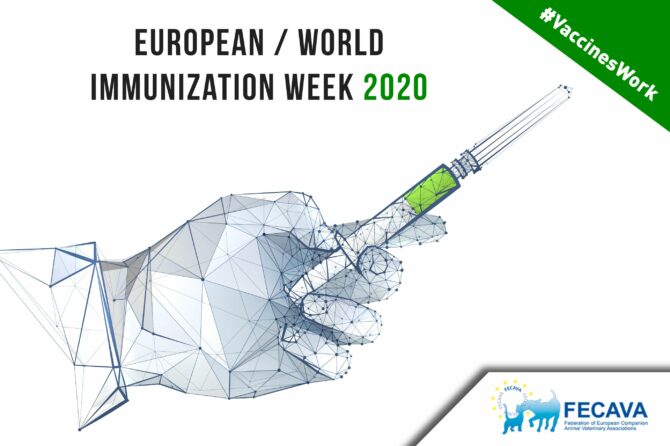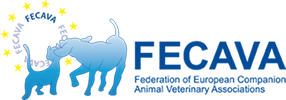
World Immunization Week: as much for small companion animals as people
April 24th to 30th marks World Immunization Week, which aims to promote the use of vaccines to protect people of all ages against disease. According to the WHO, immunization saves millions of lives every year and is widely recognized as one of the world’s most successful and cost-effective health interventions.
Arguably, vaccination has also been one of the most successful and cost-effective health interventions in small companion animal medicine. In many parts of the world, potentially lethal infectious diseases such as canine rabies, distemper or parvovirus infections have been well controlled by vaccinating dog populations at optimum levels of ‘herd immunity’. However, the veterinary profession cannot be complacent about vaccination. Even within Europe, socioeconomic factors underlie variation in uptake of vaccination and the differing prevalence of small animal infectious diseases between western and eastern European regions. Of equal concern are new data showing declining uptake of vaccination and herd immunity in cat and dog populations in regions where infectious diseases have been well-controlled historically. These new trends reflect factors such as reduced expenditure on preventive healthcare for companion animals and the phenomenon of ‘vaccine hesitancy’ that has extended from human to animal healthcare.
Now, more than ever, it is important that practising veterinarians keep up with advances in the rapidly changing field of veterinary vaccinology. For decades, companion animal vaccination followed unwavering standardized protocols that were regarded as underpinning an important income stream for veterinary practice. We now have radically different approaches to vaccination and veterinarians need to be aware of changes such as:
(1) the latest advice provided to the profession by vaccination guidelines groups (e.g. the WSAVA or ABCD guidelines in Europe),
(2) the incorporation of vaccination into an ‘annual health check’ or practice healthcare plan, recognizing that vaccination is just one element of small animal preventive healthcare,
(3) the introduction of new vaccine products (e.g. Leishmania vaccines or multiantigen Leptospira vaccines),
(4) the introduction of novel delivery methods (e.g. oral Bordetella bronchiseptica vaccines),
(5) the importance of pharmacovigilance to monitor vaccine safety,
(6) concerns over ‘vaccine hesitancy’ in companion animal practice (with new data to come from the recent WSAVA survey),
(7) the increased popularity of serological testing in lieu of triennial core revaccination and the acceptance of seropositivity as proof of protection by some Kennel Clubs for showing purposes, and (8) studies exploring optimum communication about vaccination in the consultation room.
We can readily predict that vaccination will remain a fast developing area of veterinary medicine in the decades to come and the practicing profession will need to keep abreast of the changes. One of the most important resources remain the independent, evidence-based and peer-reviewed vaccination guidelines published in scientific journals. Every practice should base their vaccination protocols on the latest scientific advice and keep these under regular review as guidelines are updated periodically.
Emeritus Professor Michael J. Day
BSc BVMS(Hons) PhD DSc Dr(hc) DiplECVP FASM FRCPath FRCVS
Chairman, WSAVA Vaccination Guidelines Group
Leave a reply

Leave a reply